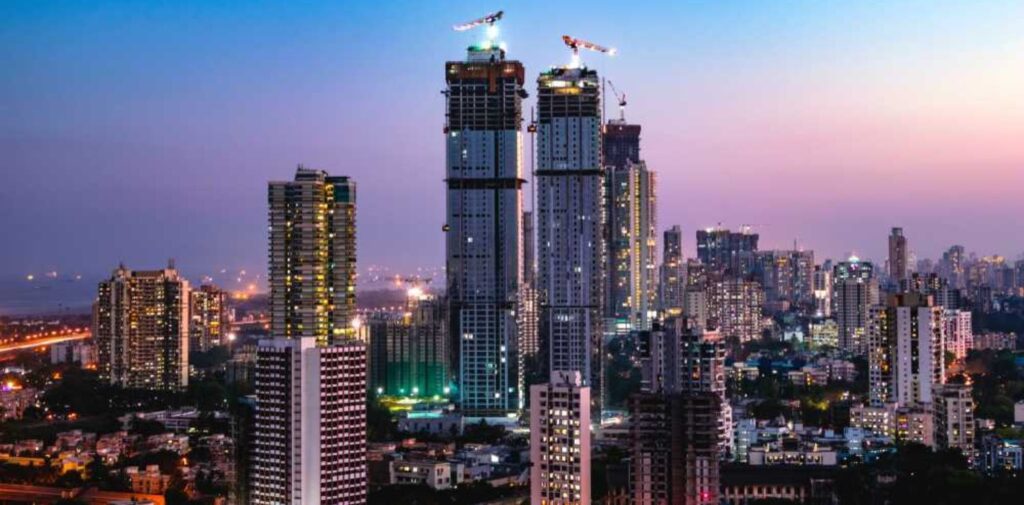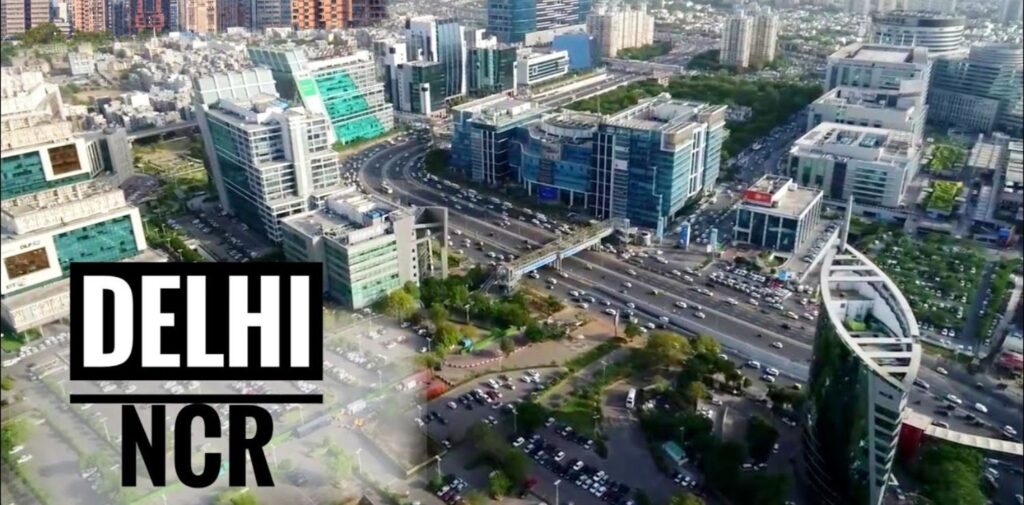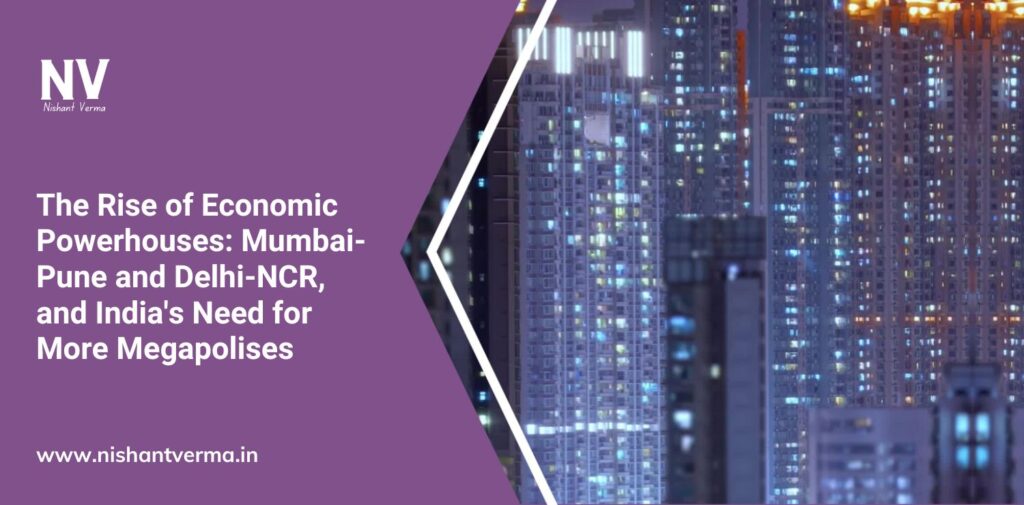India, with its vast population and dynamic economy, is home to several rapidly growing urban regions. Among the largest and most influential of these are the Mumbai-Pune and Delhi-NCR regions, both of which are driving India’s economic engine forward. These regions contribute significantly to the country’s GDP, making them Rise of Economic Powerhouses of economic activity. However, when we compare these regions to China’s mega urban clusters, like the Shenzhen region, which boasts a GDP of $1 trillion, it becomes clear that India needs to create more such megacities to reach its full potential.
Mumbai-Pune: India’s Largest Economic Region
The Mumbai-Pune region is India’s largest economic region, contributing a staggering $400 billion to the national GDP. This region is not only rich in historical significance but also serves as a financial, industrial, and cultural hub. Mumbai, known as the financial capital of India, is home to the Bombay Stock Exchange (BSE), one of the oldest stock exchanges in Asia, and the Reserve Bank of India. It also houses numerous corporate headquarters, international businesses, and a thriving entertainment industry.

Pune, on the other hand, has transformed from a small city known for its educational institutions into an industrial and IT hub. Pune’s growth, particularly in the automotive and IT sectors, complements Mumbai’s financial dominance. The Pune-Mumbai Expressway, India’s first six-lane highway, has made it easier for people and goods to travel between the two cities, further solidifying this region as a critical economic cluster.
Together, the Mumbai-Pune belt is a region buzzing with business activity, innovation, and opportunity. This growth shows how crucial urban clusters are for accelerating a country’s development. However, despite their rapid economic rise, Indian regions like Mumbai-Pune still lag behind their international counterparts, particularly China’s tightly packed urban clusters.
Delhi-NCR: India’s Second-Largest Economic Region
Following closely behind Mumbai-Pune is the Delhi-NCR (National Capital Region), contributing around $300 billion to India’s GDP. Delhi-NCR includes Delhi and its surrounding regions like Gurgaon, Noida, Ghaziabad, and Faridabad, forming a major economic and industrial hub in North India.
Delhi serves as the political capital of India, but its economic influence goes beyond politics. The region has grown into a significant center for technology, commerce, media, and trade. Over the past few decades, cities like Gurgaon and Noida have become IT and outsourcing hubs, attracting numerous multinational companies. With major infrastructure projects, an expanding metro network, and a rapidly growing population, Delhi-NCR is continuously evolving.

However, like Mumbai-Pune, Delhi-NCR faces challenges such as overpopulation, traffic congestion, and pollution. These issues can stifle growth if not addressed effectively. More importantly, both regions highlight India’s need to develop more such economic clusters across the country to sustain growth.
China’s Example: The Shenzhen Economic Region
To understand how India can maximize its urban growth, let’s take a look at China’s Shenzhen region. Shenzhen, along with its neighboring cities like Guangzhou and Hong Kong, forms an economic cluster with a GDP of approximately $1 trillion. This tightly packed region has transformed into one of the most economically prosperous areas globally within a few decades.
Shenzhen itself is a testament to the power of focused urban development. Once a fishing village, Shenzhen was designated as a Special Economic Zone (SEZ) in the 1980s, opening the floodgates for foreign investment and manufacturing. Today, it is one of the largest manufacturing hubs in the world, producing everything from electronics to automobiles. The city has also become a global leader in innovation, housing tech giants like Huawei and Tencent.
The success of the Shenzhen region stems from China’s deliberate policy of clustering industries, modern infrastructure, and seamless connectivity between cities. This model of tightly packed urban clusters, or megapolises, has allowed China to accelerate its economic development at an unprecedented pace. India could benefit greatly from adopting a similar approach to create more such economic zones.
Why India Needs More Megapolises
India’s economy is on the rise, but to truly compete with global giants like China and the United States, the country needs more densely packed, well-connected urban regions. Here are some reasons why developing more megapolises is crucial for India’s future:
- Boosting Economic Growth: Urban clusters are known to generate wealth at a faster rate because they attract investment, create jobs, and foster innovation. The more megapolises India develops, the more it can accelerate its GDP growth.
- Creating Employment Opportunities: Large urban regions not only attract big companies but also foster an environment where small businesses can thrive. This leads to job creation across various sectors, from technology to manufacturing.
- Improving Infrastructure: Concentrating economic activity in specific regions allows for better planning and investment in infrastructure. Cities like Shenzhen and Hong Kong are successful in part because they have world-class infrastructure that facilitates business, trade, and innovation.
- Encouraging Innovation: Densely packed regions, where industries, universities, and research institutions are located close together, often become hubs for innovation. This is particularly important in today’s world, where economies are increasingly driven by technological advancements.
- Efficient Resource Allocation: Concentrating development in a few key areas can make it easier for governments to manage resources like energy, water, and transportation efficiently. It also helps in creating sustainable cities with proper planning and green initiatives.

Challenges in Developing More Megapolises in India
While the benefits of developing more megapolises in India are clear, there are significant challenges to overcome:
- Land Acquisition Issues: Acquiring large tracts of land for infrastructure and industrial development in India is often a slow and complex process due to legal and bureaucratic hurdles. This can delay the development of new urban clusters.
- Environmental Concerns: Rapid urbanization without proper planning can lead to environmental degradation, including deforestation, water scarcity, and increased pollution. Striking a balance between development and sustainability is crucial.
- Political and Administrative Hurdles: India’s complex federal structure, where different states have varying levels of autonomy, can sometimes make it difficult to coordinate large-scale urban projects that span multiple regions.
- Equitable Growth: Developing megapolises must also ensure that the benefits of economic growth are distributed evenly. Over-concentration of wealth and resources in a few cities could lead to regional imbalances and social inequality.
Conclusion: India’s Path Forward to Rise of Economic Powerhouses
India’s Mumbai-Pune and Delhi-NCR regions are already shining examples of how urban clusters can drive economic growth. However, for India to truly compete on the global stage, it needs more regions that can match the scale and impact of China’s Shenzhen. By focusing on creating well-planned, densely packed urban regions with strong infrastructure, connectivity, and innovation ecosystems, India can unlock its economic potential and provide opportunities for millions of its citizens.
In the coming decades, the development of more megapolises will be essential for India’s journey towards becoming an economic superpower.




